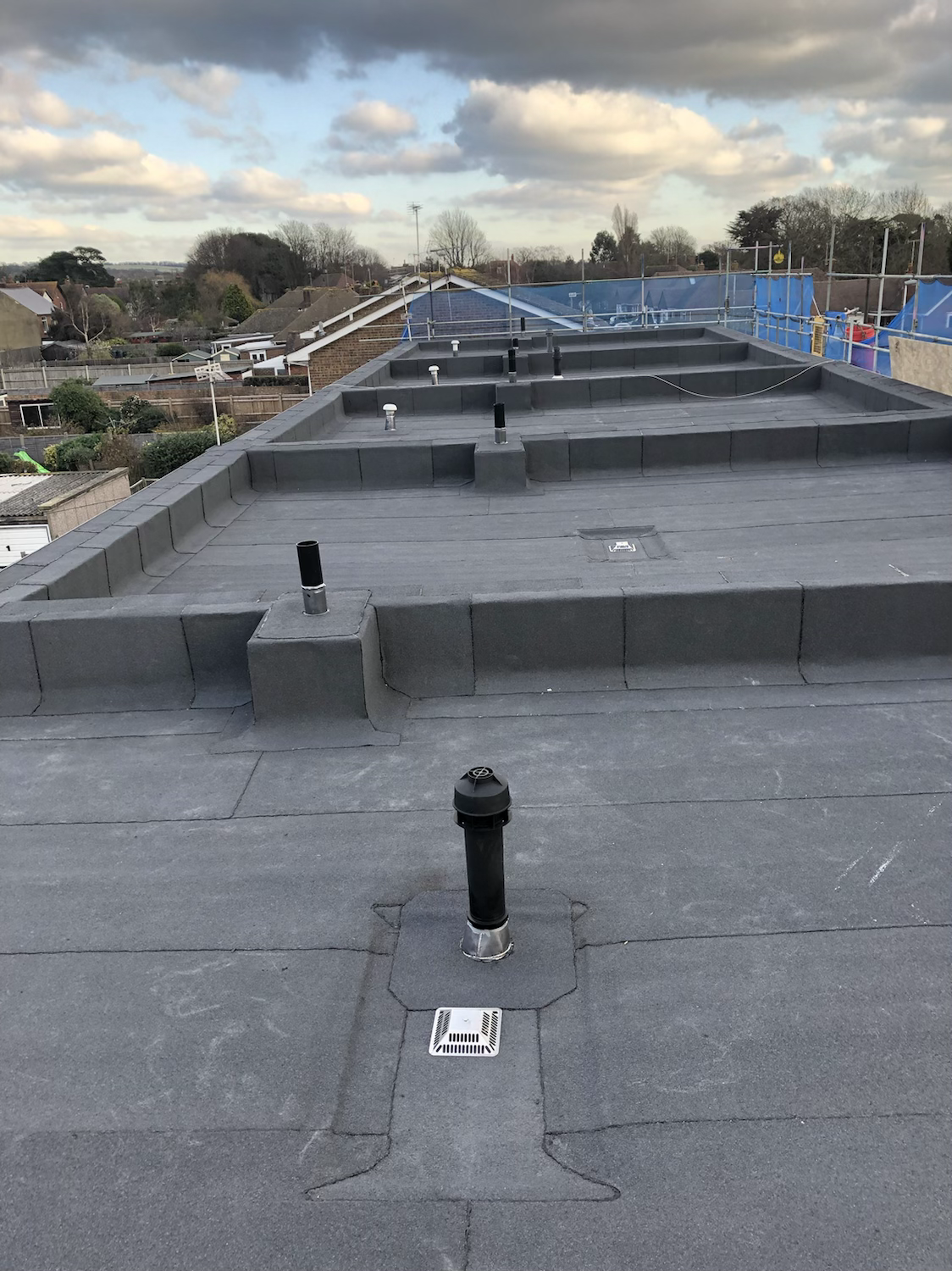Uncovering the Legacy: The Intricate Art of Heritage Leadwork Roofing
- Matt Rayner

- Nov 8, 2024
- 4 min read
The Significance of Heritage Leadwork Roofing
Heritage leadwork roofing plays a vital role in connecting us to our past. These roofs are found in numerous historical buildings and are a testament to the skill of artisans who built roofs for churches, schools, and homes generations ago.
Culturally, these roofs matter. They demonstrate the detailed artistry that distinguishes various architectural styles. For example, many churches in England, with their striking leadwork roofs, have been rated as Grade I listed buildings, emphasizing their importance. By preserving these roofs, communities can retain the unique character of their neighborhoods, even as construction regulations become stricter.
Understanding Leadwork: An Ancient Craft
Leadwork is an enduring technique, valued for its strength and adaptability. When installed correctly, lead roofs can last for hundreds of years, making them ideal for historical buildings.
The process begins with flat sheets of lead, shaped and cut into panels to fit the roof structure. For instance, some historic cathedrals have lead roofing panels that date back to the 16th century, showcasing the exceptional skills of their creators. Each piece is crafted by hand, highlighting the artisan's precision. Methods such as lead welding create watertight seals, protecting against moisture and preventing structural damage.
Characteristics of Heritage Leadwork Roofing
One of the standout features of heritage leadwork roofing is its unique appearance. Over time, lead develops a rich patina, which not only enhances the roof's aesthetic but also signifies its age and history. This is why no two lead roofs look the same—each tells its own story.
Noteworthy characteristics include decorative lead rolls and ridges that offer additional weather protection while adding to the roof's visual appeal. The design also allows for natural expansion and contraction, which is crucial for durability through temperature changes, particularly in regions with summer highs of 35 degrees Celsius to winter lows below freezing.
The Benefits of Heritage Leadwork Roofing
Investing in heritage leadwork roofing has multiple advantages. For one, these roofs have an impressive lifespan. Studies show that leadwork roofs can last up to 100 years or more with proper maintenance. This means fewer repairs and replacements, leading to cost savings over time.
Furthermore, lead is a recyclable material, making leadwork roofs environmentally friendly. By reusing lead for roofing instead of sourcing new materials, construction becomes more sustainable.
On top of that, well-maintained leadwork roofs can significantly boost property values. Homes and buildings with heritage features often attract buyers who appreciate historical craftsmanship, enhancing their market worth by as much as 30 percent compared to similar properties without such attributes.
Techniques in Leadwork Craftsmanship
The art of leadwork involves several techniques honed over centuries. Each method enhances the roofing's beauty and resilience.
Lead Burning: This method melts lead to ensure seamless joins between sections, providing a strong connection designed to withstand severe weather.
Soldering: This crucial technique uses a filler metal to securely bond lead pieces, preventing leaks, which can cause significant damage over time.
Patination: As lead ages, it develops a protective layer that not only enhances its look but also protects it from corrosion, ensuring longevity.
Each technique is essential in guaranteeing that heritage leadwork roofs will endure for generations, preserving the stories held within historic structures.
Challenges Facing Heritage Leadwork Roofing
Despite its many benefits, heritage leadwork roofing faces some challenges. One primary concern is the natural degradation of lead over time, which can cause leaks and structural issues.
Finding skilled craftsmen is another hurdle. The number of artisans trained in traditional leadwork is diminishing, posing a risk to this craft's survival. A recent survey noted that over 60% of towns reported a shortage of qualified leadwork artisans.
Moreover, changes in building regulations about materials can impede repair and restoration efforts. It is increasingly crucial for advocates to support the preservation of this traditional craft and its practices.
Preserving the Tradition: Best Practices for Maintenance
To ensure heritage leadwork roofing lasts, regular maintenance is vital. Property owners should follow these essential practices:
Routine Inspections: Hire professionals to regularly assess the condition of the roof. Early detection of issues enables cost-effective repairs before they escalate.
Cleaning: Keeping roofs clear of debris and moss helps prevent moisture retention, which can lead to deterioration.
Consulting Experts: Rely on experienced craftsmen for repairs. Do-it-yourself attempts can often complicate existing problems.
By adhering to these practices, property owners can help maintain their heritage leadwork roofs, ensuring that future generations enjoy these pieces of architectural history.
Honoring the Craft of Heritage Leadwork Roofing
Heritage leadwork roofing represents a rich tapestry of craftsmanship and history. Preserving this unique roofing not only honors the artisans who created these masterpieces but also safeguards our architectural heritage. Understanding and maintaining this type of roofing allows us to celebrate both its beauty and its significant role in our communities.
As we cherish our historical buildings, let's recognize the skilled artisans responsible for these intricate designs. By valuing the legacy of heritage leadwork roofing, we can ensure future generations appreciate the beauty and history embodied in these roofs.

As we move through a rapidly evolving world, it is essential to uphold our traditions while embracing modern advancements. Craftsmanship, heritage, and history are key to advocating for a future that shows respect for the past.





Comments